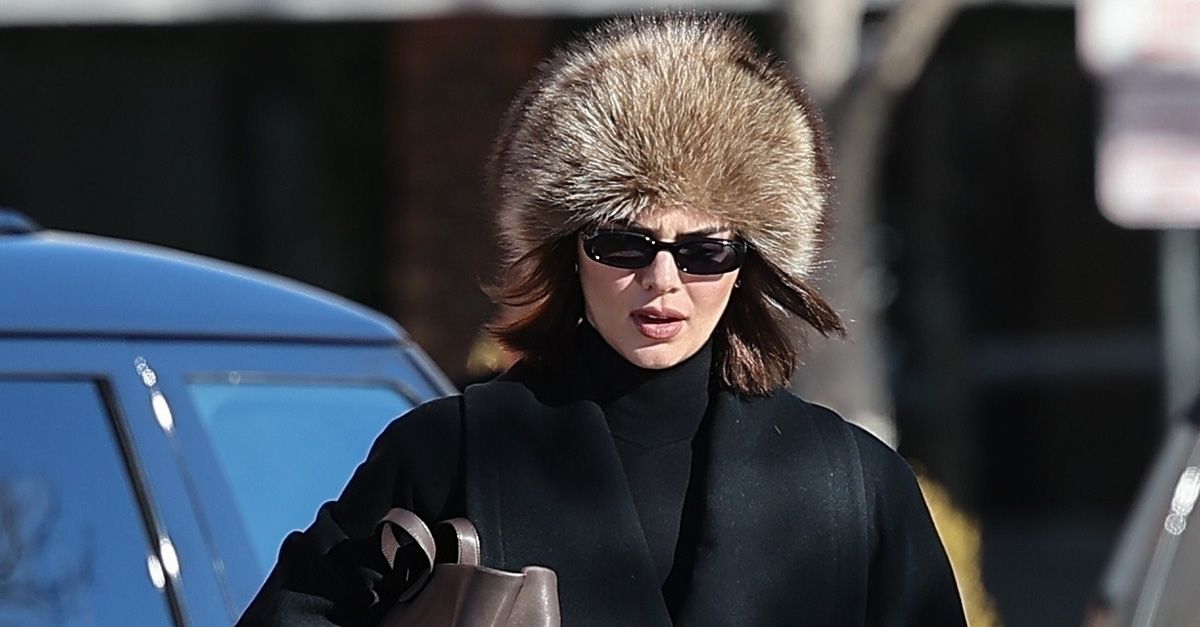US stocks turned lower on Tuesday and government bonds came under pressure as investors awaited a closely watched interest rate decision by the Federal Reserve.
Wall Street’s S&P 500 gauge was down 1.7 per cent by mid-afternoon, while the technology-heavy Nasdaq Composite was down 1.4 per cent. In Europe, the regional Stoxx 600 gauge closed 1.1 per cent lower, while London’s FTSE 100 slipped 0.6 per cent as traders returned to their desks following a UK public holiday to mark the state funeral of Queen Elizabeth.
Central bankers are poised this week to discuss how far they can jack up borrowing costs to curb rapid price growth while facing the prospect of a prolonged global economic downturn.
In a reflection of the challenges weighing on corporate America, shares in Ford slipped more than 12 per cent on Tuesday after the carmaker said on Monday that inflation-related supplier costs during the third quarter would run about $1bn higher than originally expected.
This announcement came days after a profit warning from FedEx, which is seen as a bellwether of global economic growth, led the group’s shares to their biggest daily drop on record.
Yields on US government debt ticked upwards on Tuesday after reaching their highest levels in more than a decade on Monday. This comes as the Fed’s two-day meeting begins at which rate-setters are widely expected to deliver a third consecutive jumbo 0.75 percentage point rate increase.
The yield on the 10-year US Treasury reached an 11-year high of 3.6 per cent early in the day before easing off those levels slightly in afternoon trade. The yield on the policy-sensitive two-year bond reached a 15-year high of 3.99 per cent. Bond yields rise as their prices fall.
Selling pressure was more pronounced in eurozone debt markets, with the yield on the 10-year German Bund up 0.12 percentage points to 1.92 per cent. The UK’s 10-year gilt yield added 0.15 percentage points to 3.3 per cent, while the two-year gilt yield rose 0.19 percentage points to 3.27 per cent.
In currencies, the dollar added 0.4 per cent against a basket of six other peers. “There seems no reason for the Fed to soften the hawkishness shown at the recent Jackson Hole symposium, and a [0.75 percentage point] ‘hawkish hike’ should keep the dollar near its highs of the year,” said analysts at ING.
The pound slipped 0.5 per cent to $1.14 after sinking on Friday to its lowest level against the dollar since 1985. Sterling has lost almost 16 per cent so far this year, with business confidence sliding as the UK economy hovers on the brink of a recession that could last until the end of 2023, according to the Bank of England’s forecast.
Markets are pricing in the likelihood of the BoE also raising interest rates by 0.75 percentage points on Thursday, following a 0.5 percentage point increase in August. Swifter action on rates by other central banks has intensified the pressure on the BoE to step up the pace of monetary tightening to combat inflation and support the pound.

Central banks in Japan, Norway, Brazil, South Africa, the Philippines, Indonesia, Taiwan, Turkey and Switzerland are also due to announce their latest decisions on interest rates this week.


























































![Mason Ramsey – Twang [Official Music Video] Mason Ramsey – Twang [Official Music Video]](https://i.ytimg.com/vi/xwe8F_AhLY0/maxresdefault.jpg)



















![Young Colton, Del and Evelyn in 1974 [VIDEO] Young Colton, Del and Evelyn in 1974 [VIDEO]](https://tvline.com/wp-content/uploads/2025/01/the-way-home-season-3.jpg?w=650)

